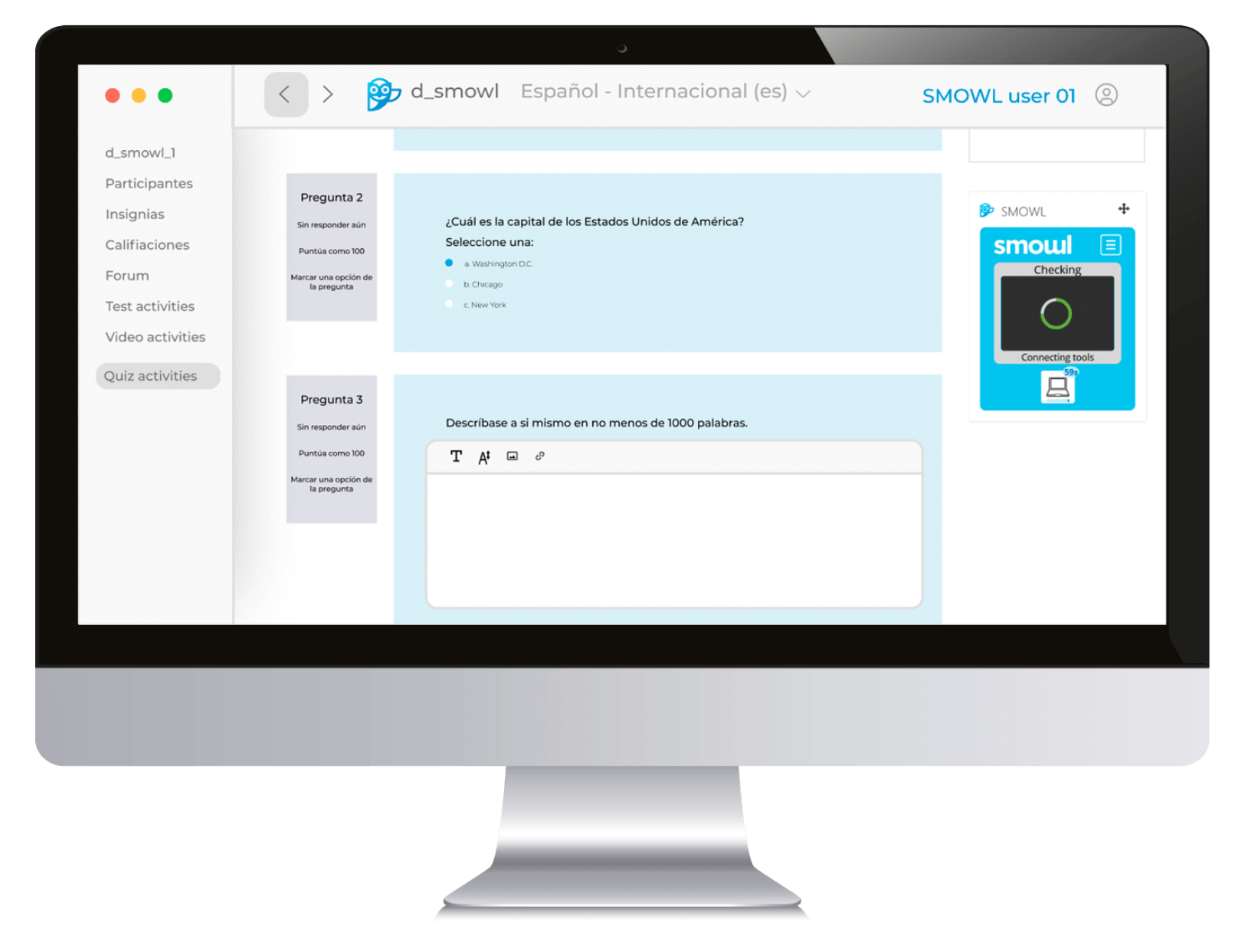Digital infrastructure forms the backbone of modern technological advancements.
It encompasses the essential physical and virtual components that support information technology, communications, and computing.
From data centers to cloud services, digital infrastructure is integral to business operations and daily life.
What is a digital infrastructure?
A digital infrastructure is a comprehensive system comprising the technology, equipment, and frameworks that support digital operations and services.
This includes hardware like servers and computers, software applications and operating systems, network connectivity, and data centers.
Essentially, digital infrastructure forms the foundation for the modern digital world, enabling everything from internet access to cloud computing, data management, and communication technologies.
It is crucial for businesses, governments, and individuals as it enhances efficiency, connectivity, and scalability, while driving innovation and economic growth.
Examples of digital infrastructure
To understand digital infrastructure better, let’s look at some concrete examples.
- Cloud Computing Services: Cloud services like AWS, Microsoft Azure, and Google Cloud offer scalable resources and services, enabling businesses to operate efficiently without maintaining extensive physical hardware.
- Data Centers: Data centers are critical for storing and managing data. They provide the necessary infrastructure for hosting applications, services, and websites.
- Internet of Things (IoT): IoT connects physical devices to the internet, allowing them to communicate and share data. This technology is crucial in industries like manufacturing, healthcare, and smart cities.
- Edge Computing: Edge computing involves processing data closer to its source rather than relying on centralized data centers. This reduces latency and improves performance for real-time applications.

Benefits of digital infrastructure
Digital infrastructure is important because it underpins the functionality and growth of modern societies and economies in several critical ways:
Enhanced connectivity
Digital infrastructure ensures that individuals, businesses, and governments can communicate and share information seamlessly.
This connectivity is essential for everything from daily communication via email and social media to complex business transactions and government operations.
High-speed internet, fiber-optic networks, and wireless technologies enable real-time interactions and collaborations across the globe, breaking down geographical barriers and fostering a more interconnected world.
Increased efficiency
Digital infrastructure streamlines operations by automating routine tasks and processes.
For businesses, this means faster production times, reduced errors, and lower operational costs.
Enterprise resource planning (ERP) systems, customer relationship management (CRM) tools, and other digital solutions help organizations optimize their workflows, manage resources more effectively, and enhance overall productivity.
In healthcare, digital infrastructure allows for efficient patient record management and telemedicine, improving the quality and speed of care.
Subscribe today to SMOWL’s weekly newsletter!
Discover the latest trends in eLearning, technology, and innovation, alongside experts in assessment and talent management. Stay informed about industry updates and get the information you need.
Simply fill out the form and stay up-to-date with everything relevant in our field.
Scalability
A robust digital infrastructure allows businesses and services to scale effortlessly.
Cloud computing, for instance, provides the flexibility to increase or decrease computing resources based on demand.
This scalability is crucial for startups and established companies alike, as it enables them to respond quickly to market changes, manage growth efficiently, and maintain performance levels without significant upfront investments in physical infrastructure.
Innovation and development
Digital infrastructure supports the development of new technologies and services, driving innovation across various industries.
High-speed internet and advanced computing power enable research and development in fields such as artificial intelligence (AI), machine learning, and biotechnology.
This innovation leads to new products, services, and business models that can transform industries and improve quality of life.
Economic growth
Investment in digital infrastructure stimulates economic growth by creating jobs and fostering new business opportunities.
Digital infrastructure projects, such as building broadband networks or data centers, require skilled labor and generate employment.
Additionally, a strong digital infrastructure attracts businesses and investors, leading to increased economic activity and competitiveness on a global scale.

Access to essential services
Digital infrastructure expands access to critical services such as healthcare, education, and financial services, especially in remote or underserved areas.
Telehealth platforms allow patients in rural areas to consult with specialists without traveling long distances.
Online education platforms provide learning opportunities to students who might not have access to quality schools.
Digital banking services enable financial inclusion for people without access to traditional banks, helping to reduce poverty and promote economic development.
Data management and analysis
Modern digital infrastructure supports the collection, storage, and analysis of vast amounts of data.
This capability is crucial for informed decision-making and strategic planning across various sectors.
Businesses use big data analytics to understand market trends, consumer behavior, and operational efficiencies.
Governments leverage data to improve public services, enhance policy-making, and ensure transparency and accountability.
Security
A well-developed digital infrastructure includes robust cybersecurity measures to protect sensitive information and maintain the integrity of digital operations.
With the rise of cyber threats, secure digital infrastructure is vital for safeguarding personal data, intellectual property, and critical national infrastructure.
Advanced security protocols, encryption, and regular updates help mitigate risks and build trust among users.

Social connectivity
Beyond economic and functional benefits, digital infrastructure enhances social connectivity, allowing people to stay connected with family and friends, participate in online communities, and access a wealth of information and entertainment.
This social connectivity contributes to a sense of global community and shared experiences, enriching people’s lives and fostering cultural exchange.
Proctoring relies on digital infrastructure
Proctoring, particularly in the realm of online education and assessments, heavily relies on digital infrastructure to ensure integrity and effectiveness.
Robust digital infrastructure supports secure online testing environments, real-time monitoring, and advanced analytics to detect and prevent cheating.
It enables seamless integration of proctoring software with educational platforms, providing a reliable and scalable solution for remote examinations.
With strong digital infrastructure and the SMOWL proctoring plans, institutions can offer flexible, secure, and efficient proctoring services that uphold academic standards and trust.
Request a free demo so we can explain in detail the solutions we can offer you to protect your company and your users by creating secure environments.
Download now!
8 interesting
facts
about proctoring
Discover everything you need about online proctoring in this book to know how to choose the best software.
Fill out the form and download the guide now.
And subscribe to the weekly SMOWL newsletter to get exclusive offers and promotions.
You will discover all the trends in eLearning, technology, innovation, and proctoring at the hands of evaluation and talent management experts.






